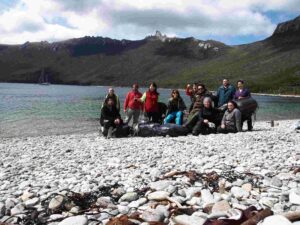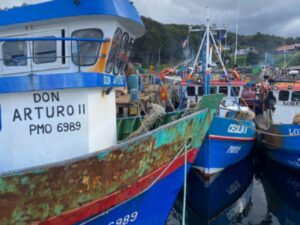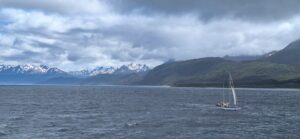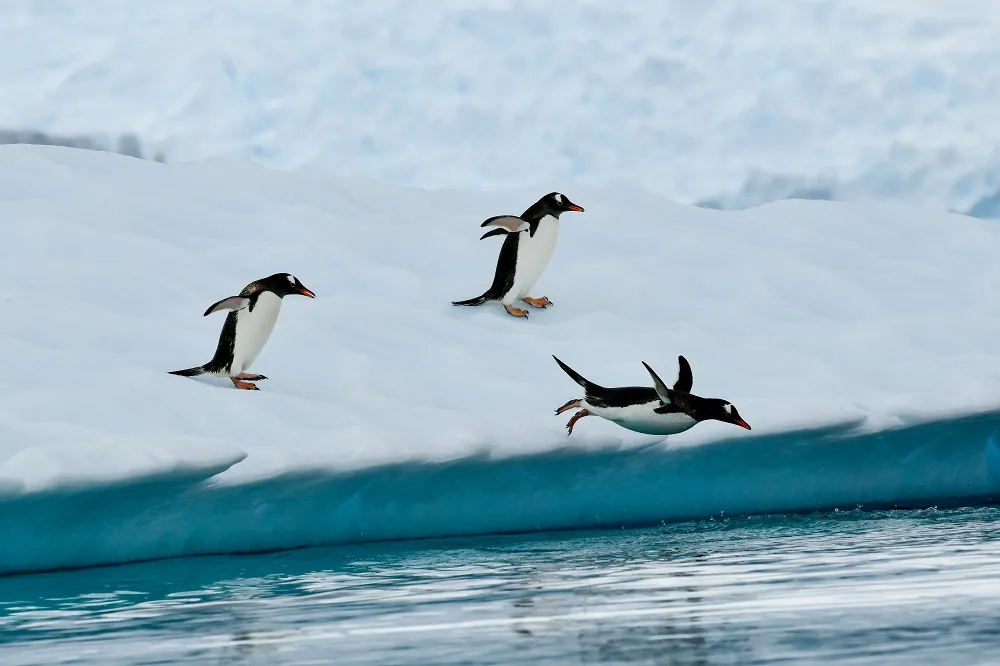Our first day in the Falklands included a long 8-hour exploration of east Pebble Island, the third largest island in the archipelago located off the north shore of West Island. The big sky and rolling ancient landscape of this isolated outpost was in full force – the lakes, dunes, and landscape are so much more immense than they appear on our maps. To contemplate that this small landmass was once attached to southern Africa connects our footsteps to a timelessness that adds to this experience of this amazing place.
We were treated to a large diversity of the Falkland’s avifauna as we explore health and freshwater habitats adjacent to Elephant Bay. Correndera Pipits were in full flight display along with numerous and ubiquitous Upland Geese – several with broods of small chicks and others still incubating their clutch of eggs. White-rumped Sandpipers, a high-artic wintering shorebird mixed with resident pairs of Two-banded Plover (see image), Rufous-chested Dotteral, and South American Snipe.
Also conspicuous were the two forms of Falkland Steamer Ducks; once considered separate species, recent molecular work has demonstrated that these are two forms of the same species – the only known bird in the world to have a flighted (on the inland lakes) and flightless form (on the ocean) – remarkable! (this is super cool and exciting!)
Tonight we sail west to West Point to continue our trip with albatross and penguin colonies and another island landscape.
(the photo is of a two-banded plover)
joe









